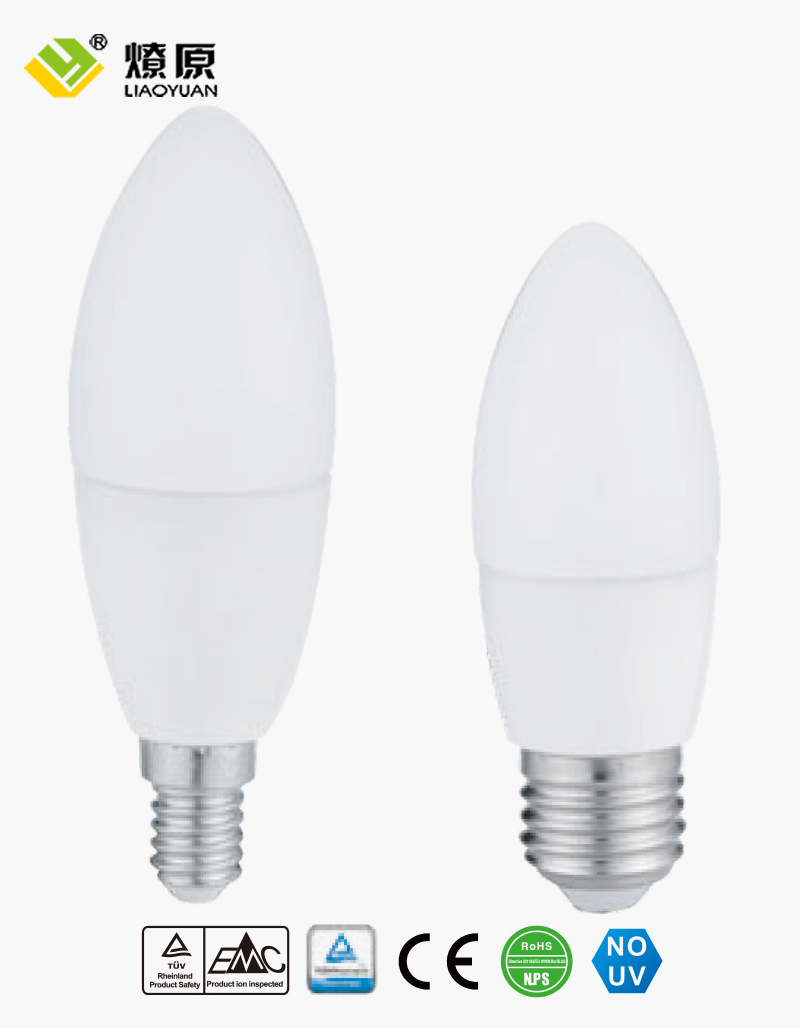Summary:When you install indoor LED lighting, you will benefit from the fact that these bulbs are recyclable and will significantly reduce your carb...
When you install indoor LED lighting, you will benefit from the fact that these bulbs are recyclable and will significantly reduce your carbon footprint. In addition, indoor LED lights will last longer than traditional incandescent bulbs, so you will have fewer costs and a smaller staff time-savings advantage. Besides saving you money on electricity, indoor LED lighting is also eco-friendly and doesn't produce heat, which can damage sensitive objects or fabrics.
While there are many different types of indoor LED lighting products available on the market, not all of them are created equally. Look for the UL or ETL mark, which indicates that the product has been tested by an independent laboratory. While not a legal requirement in the US, electrical inspectors can reject any product without safety testing. Make sure to check the safety rating of the indoor LED lighting you purchase. You may also want to consider buying a pre-lit LED fixture.
In addition to providing better lighting quality, indoor LED technology also allows you to conserve energy. Because LED lights are more efficient, they require less maintenance. This results in lower building overhead costs and higher-quality lighting for your occupants. There are several other advantages of LED technology for indoor lighting. You can choose from low-energy models that last for a long time, or energy-efficient models that are easy on the budget. This article will cover some of the benefits of indoor LED lighting.
LED ceiling flat panels are easy to install and come in a variety of color temperatures and sizes. Many US LED fixtures can be dimmed, which gives you more flexibility in operating conditions and customizing usage to different areas of the space. They can also be a great option for general purpose lighting, including in bathrooms and hallways. They are an excellent choice for commercial settings and will improve the overall ambience of any building. They provide the same quality of light that traditional fluorescent lighting does, but with a far lower carbon footprint.
LED lamps are also used in industrial manufacturing facilities. This is because employees need to be able to see what they're doing. This helps maintain the quality of the product. LED lights also help manufacturing plants cut their costs as they can act as indicator lights in different systems and circuit boards. In addition to industrial settings, LED lights are also used in the aerospace and defense industries, as they provide ample lighting for aircraft instruments and equipment marker lights. In addition, these lights are convenient and affordable.
LED bulbs can produce two different colors. One type is a single color LED while the other is a bi-color LED. LEDs in this category come in four-lead and eight-lead arrangements. A four-lead arrangement is common and four leads are used for each color. Typically, RGB LEDs are composed of a red, green, and blue LED. These bulbs produce a wide range of colors, but they do not have pure wavelengths and are not optimized for smooth color mixing.

